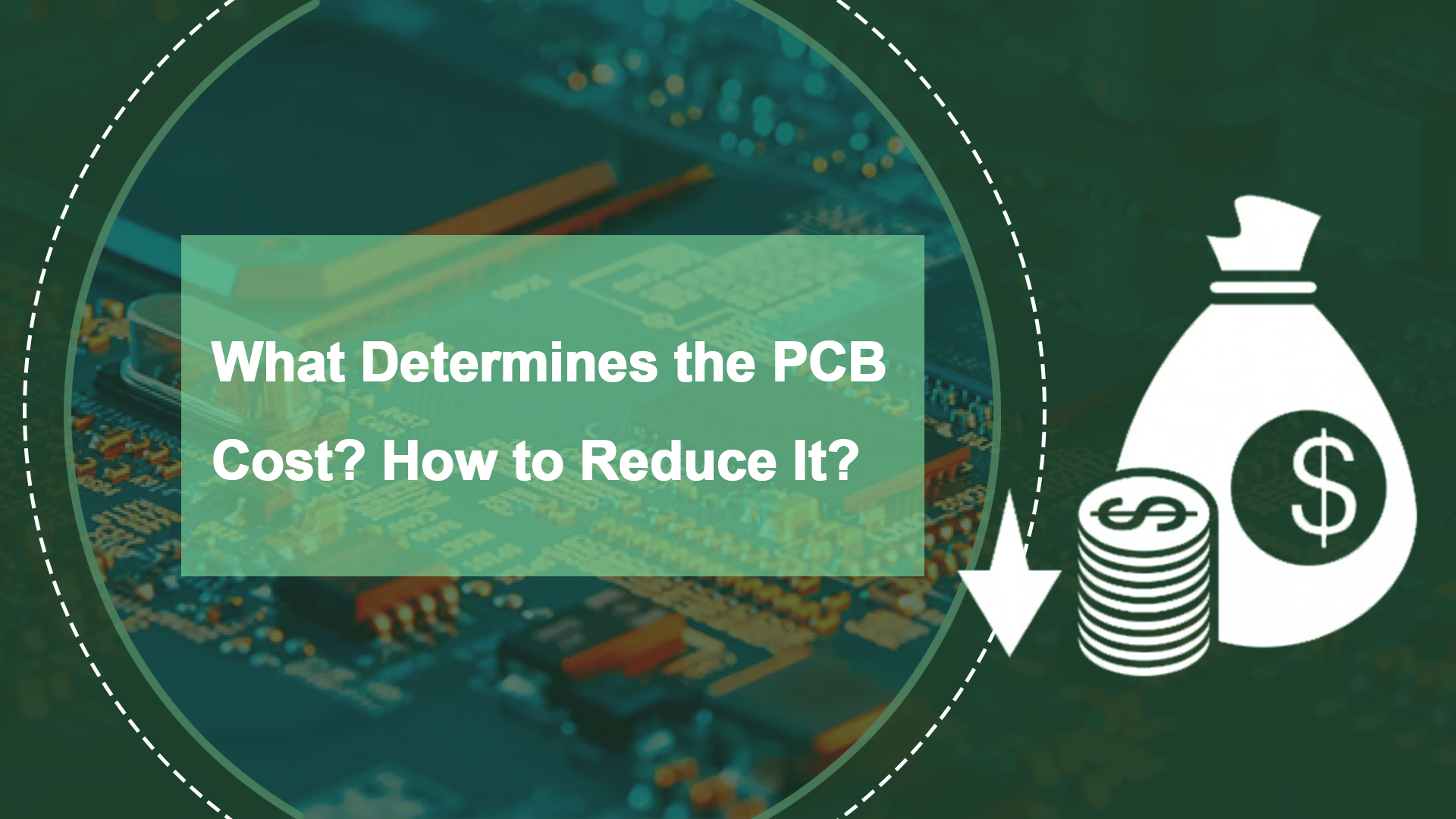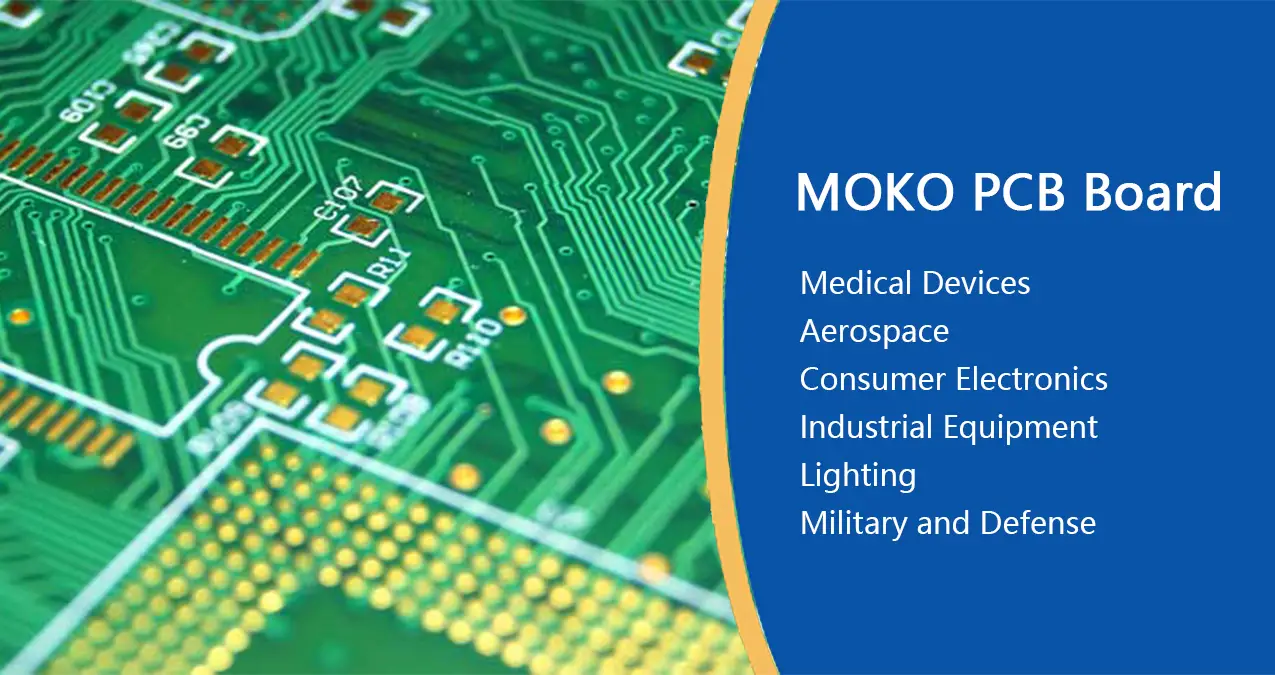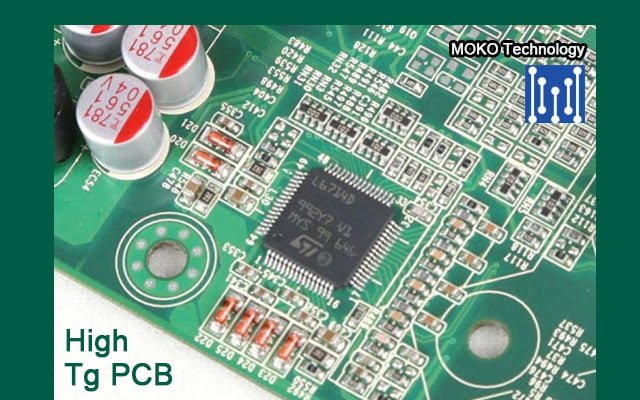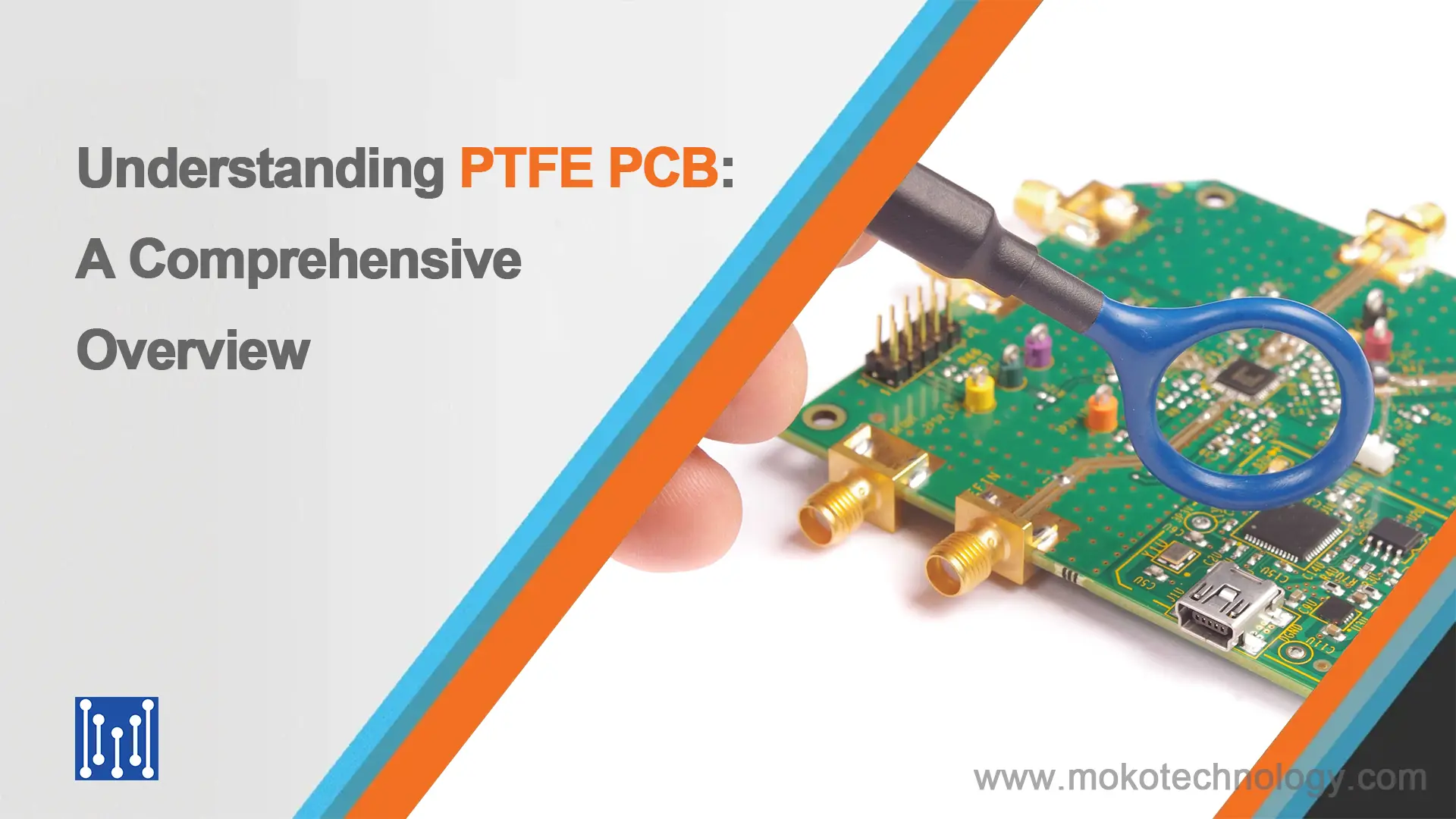When you receive a quotation from a PCB supplier, a question inevitably pops up: What determines the cost of a PCB? How can I find a board that meets my needs while staying within my budget? In fact, many factors will affect the price of the circuit board such as raw material, board size, order quantity, and so on. Read on, we will explain the main factors affecting PCB prices and some suggestions for reducing PCB costs.
Top 10 Factors that Impact the PCB Board Cost
- PCB Material
The cost of PCBs is influenced by the choice of materials used. PCBs are composed of different materials, and the selection of these materials can impact the overall cost. Moreover, the size of the board plays a role in determining the amount of material needed to produce a PCB. Minimizing the number of materials used can lower costs. In addition, we need to consider other factors such as temperature reliability, thermal performance, mechanical properties, and signal performance when choosing PCB materials.
- PCB Size
Increasing the size and altering the shape of your PCB can have a significant impact on its manufacturing costs. Enlarging the PCB will require more materials and additional time, leading to increased costs for the final product. The cost of the PCB will increase proportionally to its surface area, enabling you to calculate the additional costs as you go beyond the standard size. It is crucial to remember that the cost of the PCB is not solely determined by its size but also the space occupied by each component.
- Number of layers
The price of your PCB project will be significantly influenced by the number of layers. In high-layer count PCBs, each interlayer core requires individual processing, and the greater the number of layers, the higher the processing required, resulting in increased project costs. Additionally, project costs are impacted by factors such as overall thickness, the presence of buried and blind vias, slots, back drilling, and extra milling.
- Complexity
As you move away from standard and conventional board technology, the expenses for your PCB will increase. Complex designs and configurations will take longer to assemble due to additional steps. A simple PCB may only require one processing step for each task, whereas a complex one may require up to three or four additional steps, such as laser drilling. In addition, specialized personnel or equipment may be necessary, which will add to the overall cost.
- Hole Size and Quantity
The cost of PCB fabrication can be affected by various factors related to the holes, with hole size being the most significant. Smaller holes pose a greater difficulty and demand specialized tools and training, thereby leading to increased expenses. Additionally, larger holes necessitate the use of precision lasers. In cases where there are numerous holes, the manufacturer may require more time, resulting in elevated expenses.
- Trace width and spacing
A trace is an electrical conductor in the form of a wire that carries signals. In any PCB project, trace width is a crucial aspect that refers to the measurement of electrical values. Proper trace width ensures that the appropriate amount of current flows and prevents overheating of the PCB. The thickness of the trace is proportional to the current it carries, and thicker copper traces are more challenging to image and etch. Additionally, finer trace and space dimensions affect the yield, which impacts the overall cost.
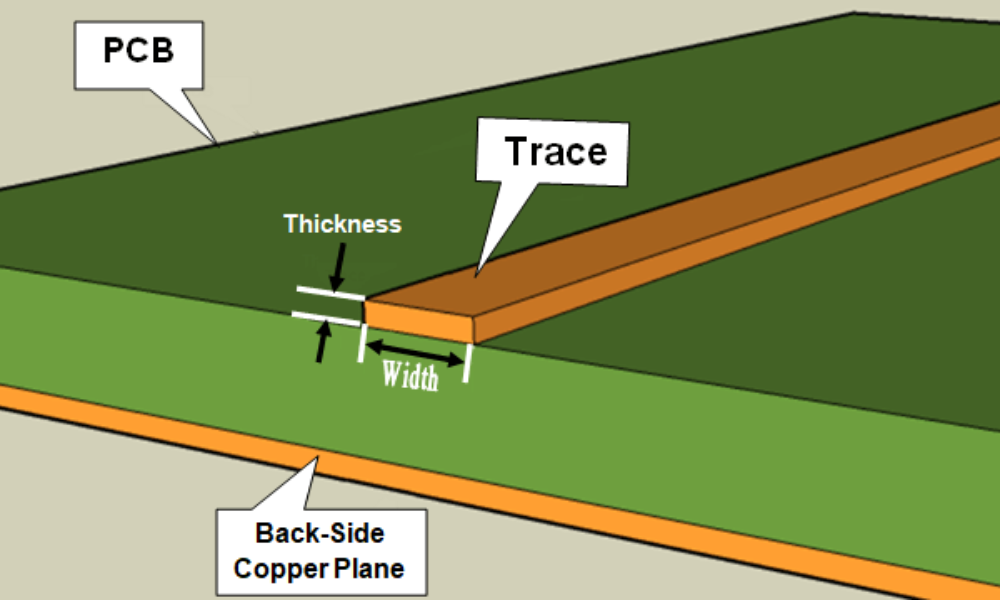
- Controlled impedance
Impedance relates to the speed and amount of signal transmission along a trace. Including coupons for impedance verification can significantly reduce the number of parts per panel. Testing impedance is necessary, and the associated tolerances can impact whether it is deemed acceptable. Impedance testing typically involves tighter trace width tolerances.
- Silkscreen
In PCB manufacturing, silkscreens are an extra step that involves applying layers of ink traces to indicate circuit components, warning symbols, test points, marks, and other important information. A well-executed silkscreen can assist manufacturers and customers in identifying specific PCB components. It is important to note that using a silkscreen is not mandatory in PCB design. If a customer decides not to include a silkscreen in their PCB, it can lead to a reduction in the cost of production. On the other hand, if a customer requires a detailed silkscreen, various brands may charge additional fees for this service.
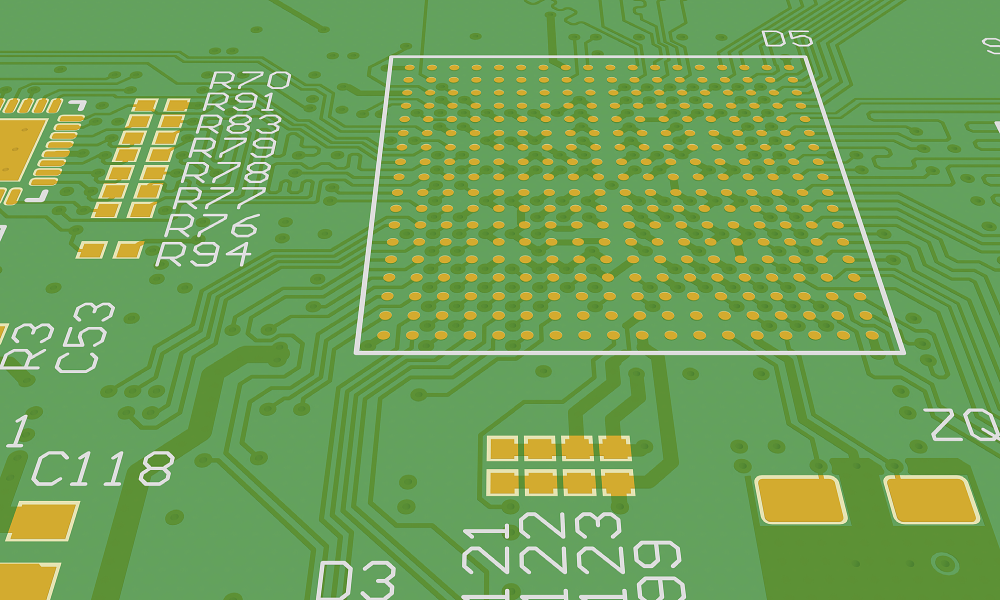
- Surface Finishes
The cost of your PCB can vary depending on the surface finish you opt for. There are basic finishes, such as OSP and HASL, which offer satisfactory solderability at a lower cost. On the other hand, advanced finishes like LF HASL, Imm Ag, Imm SN, and ENIG come at different price points, with LF HASL being the most economical and ENIG being the priciest.
- Quantity
By applying basic economic principles, it becomes evident that the cost per unit decreases as the number of products ordered increases, particularly for bulk orders. PCB manufacturers typically charge a fixed price per square inch for their standard design and manufacturing services, regardless of the order quantity. Nevertheless, if a customer requires a large quantity of PCBs, the manufacturer may offer a variable cost per square inch.
How to Reduce the PCB Cost?
To reduce the PCB cost, there are several tips that one should keep in mind:
- Optimize the Board Size
Smaller board size means less material and manufacturing time, which can reduce the PCB cost to some extent. Therefore, when designing PCB, try to make the board as compact as possible under the prerequisite of meeting the required specifications.
- Simplify the Design
Complex PCB design causes higher prices, therefore, in the case of ensuring the PCB function, simplifying the PCB design as much as possible can effectively reduce the cost. For example, reduce the number of PCB layers and avoid using unnecessary complex components.
- Use Standard Components
Using standard components can help reduce the cost of the PCB. Standard components are cheaper and readily available compared to custom-made ones. They also come with standardized footprints, which can make it easier to design and manufacture the PCB.
- Optimize Copper Use
Copper is a vital component in the PCB manufacturing process, and the amount used can affect the overall cost. Try to use thinner traces and smaller pad sizes, which can minimize the amount of copper used so as to reduce the PCB cost.
- Plan the Layout
The layout of the PCB is another factor that can impact the cost. A well-planned layout can help reduce the number of layers needed for the PCB, significantly reducing the overall cost. And
components should be arranged in a manner that minimizes the length of traces and reduces the number of layers needed.
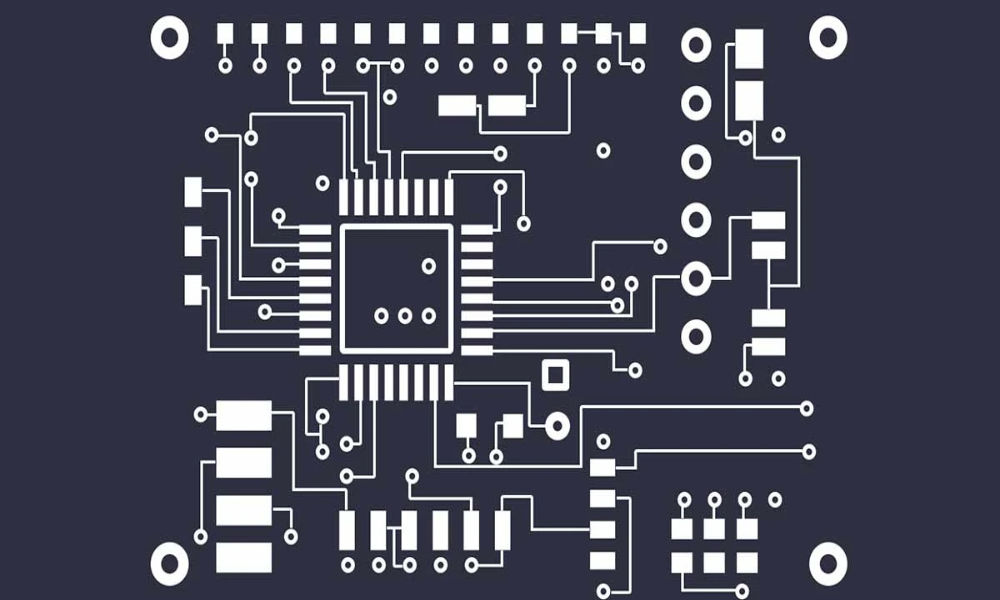
- Avoid Over-Engineering
Over-engineering should be avoided as it can lead to higher material costs, longer manufacturing times, and more complex designs. When designing the PCB, consider the application and the required specifications. Selecting components that meet the requirements without adding unnecessary features that increase the cost is the best way to avoid over-engineering.
Working with MOKO Technology for Cost-effective PCBs
Now that we’ve discussed the factors that impact PCB costs, it’s important to find a company that can produce your printed circuit boards within your budget while also meeting your functionality requirements and industry standards. Look no further than MOKO Technology, a company with 17 years of experience manufacturing a wide variety of PCBs, including rigid and flex boards, aluminum PCBs, and heavy copper PCBs. We can customize your PCBs to fit your specific needs and offer a range of options to ensure we stay within your budget.
